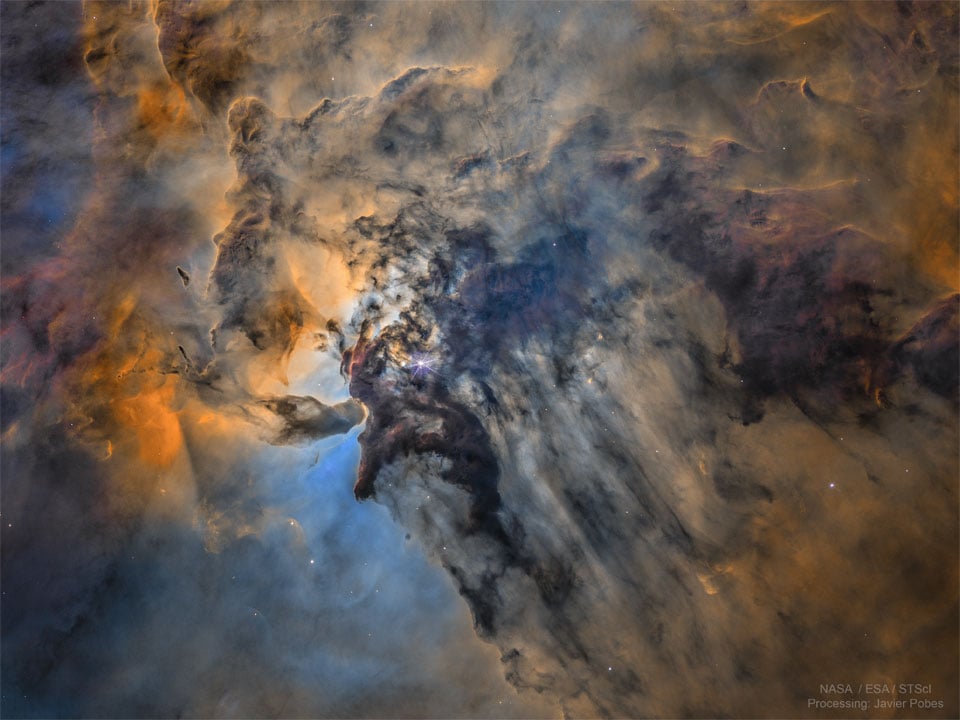462
you are viewing a single comment's thread
view the rest of the comments
view the rest of the comments
this post was submitted on 08 Apr 2025
462 points (95.8% liked)
[Dormant] moved to [email protected]
10405 readers
2 users here now
This community is dormant, please find us at [email protected]
You can find the original sidebar contents below:
Rules
- Be respectful and inclusive.
- No harassment, hate speech, or trolling.
- Engage in constructive discussions.
- Share relevant content.
- Follow guidelines and moderators' instructions.
- Use appropriate language and tone.
- Report violations.
- Foster a continuous learning environment.
Picture of the Day
 The Busy Center of the Lagoon Nebula
The Busy Center of the Lagoon Nebula
Related Communities
🔭 Science
- [email protected]
- [email protected]
- [email protected]
- [email protected]
- [email protected]
- [email protected]
- [email protected]
- [email protected]
- [email protected]
🚀 Engineering
🌌 Art and Photography
Other Cool Links
founded 2 years ago
MODERATORS
Maybe when they were coding the CMB, the simulation designers made a slight error in factoring in the effects of universal expansion. Maybe they even realized the error, but thought, "who is going to build a billion dollar telescope and have it spend years investigating the details of the skybox?"
At this rate intelligent life will never have the time to evolve, you can bet on it!